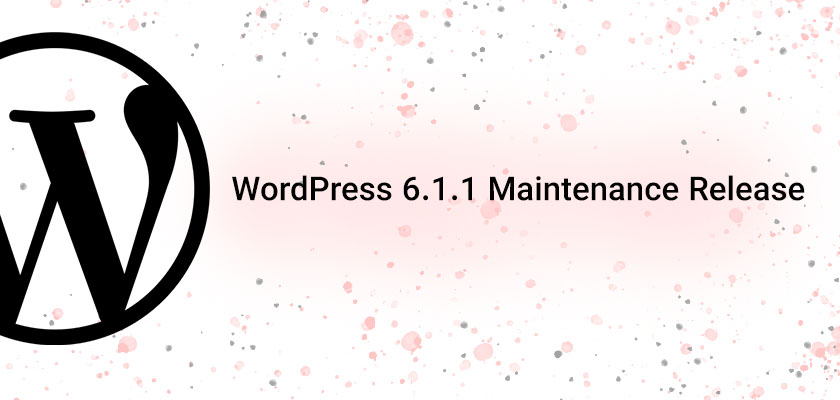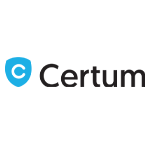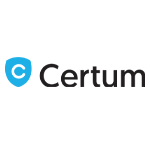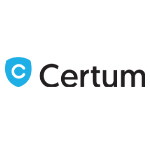
WordPress 6.1 maintenance release came out as the very first WordPress update. The WordPress core team released the first update just two weeks after the introduction of the latest WordPress 6.1. It’s likely you’re wondering why it took so long for two updates at the same time.
It’s that easy. WordPress 6.1.1 maintenance release provides a series of new WordPress 6.1 features that require the users to download the latest version of WordPress. This version addresses the fundamental issues that cause the block editor’s 29 and 21 bugs and is an upgrade that is more comprehensive than the majority of recent smaller WordPress updates. But what exactly was introduced in this update? Let’s find out!
Core Bug Fixes
There are many WordPress 6.1 changes that have taken place. Most importantly, 29 WordPress issues have been addressed and fixed within the WordPress core. These bugs were causing issues for many WordPress website design teams, and these bugs were causing issues in themes, the editor for themes and installation. The complete list of enhancements and fixes is included in the WordPress Core query.
Rackset WordPress Web Design team is here to fix your WordPress website bugs or design a WordPress website from scratch based on your goals.
WordPress 6.1 Installation Fixed
After making modifications that are compatible with WordPress 6.1, users might encounter an error that is fatal if the site was an earlier version of the Gutenberg plugin, which was activated and installed. This was caused by a compatibility issue with Gutenberg plugin versions lower than 14.1.
The problem prevented owners of websites from accessing both the front and back ends of their websites. The only option was manually deleted or update Gutenberg with FTP as well as the File Manager for the WordPress web hosting side of things.
The WordPress core team has fixed this issue through the use of an additional update-core.php file, which triggers an end to the Gutenberg plugin when it’s lower than version 14.1. 14.1. 14.1.
The 6.1.1 WordPress update solves the issue, and we recommend that you update every plugin to the latest version If you haven’t completed it.
.maintenance Bug
If you update WordPress, it will create a .maintenance file to put your website into the maintenance phase (which you can see when you start updating any plugin or theme). Once the system has finished the upgrade, it will eliminate the file on its own and make the website function again.
In some cases, it was observed that in some instances there was a .maintenance file would remain after updates to plugins were finished to WordPress 6.1.
The site would be locked in maintenance mode, and the only option to unlock it was to delete the file manually by using FTP or by using an FTP management tool.
Developers have reset file system elements to their earlier state in order to fix this issue. In the WordPress 6.1 beta, developers have managed to address this bug and fix it. Users should now be able to upgrade their WordPress plugins to the latest WordPress versions without being stuck in maintenance mode.
Performance Improvements
In the WordPress 6.1 changelog that was published by the community, there were a few performance bugs mentioned.
The first one is linked to the WP_Get_Theme function. It creates an instance for the WordPress_Themeclass. But, it takes resources, and, in many instances, the class isn’t required since only one property of the class is needed.
WordPress 6.1 changes replace the function
with
to improve performance and reduce CPU usage.
Another improvement targets get_default_block_editor_settings(), which contains the wp_max_upload_size() function. The system will only use this function when a user is able to upload files. The system still consumes many resources, particularly on huge sites or multisite.
Therefore, developers have added a condition into the variable wp_max_upload_size() so that it only calls when the user is in a position to download files to reduce resources while also reducing the loading time. So, as your WordPress current version has these bugs and if you are one of those webmasters who were affected by these bugs, we recommend that you download the latest version of WordPress as soon as possible.
Block Editor Updates
Block editor becomes a fundamental element of WordPress core. Each WordPress update is usually accompanied by adjustments. WordPress 6.1.1 maintenance release is no exception in that it contains more than 20 bug fixes for the block editor that is integrated into the WP Core. Here are several notable enhancements.
Apply Borders and Padding for the Table Block
WordPress’ current version of Gutenberg had a glitch with table inconsistencies between the editor on the site and the front end. If people added the block they added, it was covered by a border inside the editor of the site, and it wouldn’t show on the front end.
A Gutenberg pull request has resolved this issue by placing the table’s border in front of the user as normal. You’ll also be able to view the table’s border adjustments from your browser’s interface. The border has a standard padding amount of 0.5 percent for each column in the table.
Restore Paragraph Inserter
WordPress 6.1 release date was November 1, 2022. In this release, the team has eliminated the block inserter function for the blank blocks of paragraphs. It turns out that many users depend on this portion of the UI to build additional blocks. WordPress 6.1.1 has restored the feature.
But you can add a different block to fill in the blank block by typing “or,” after which you’ll get the block’s title. For example, if you want to add an image block that replaces the paragraph block that is empty, simply enter “/image”, and you’ll have the option to include the image in your block.
Font Size Constraints for Typography
Fluid Typography is a fascinating new feature available with WordPress 6.1; it automatically adjusts the font’s size in accordance with how large the screen is. The user can switch on fluid type as well as decide the font size to be used in the theme.json file.
However, this feature does not have any restrictions on font size since there’s no set minimum for the size of fonts. So the user or the theme designer might set the wrong value as the minimum font size in the theme.json file by mistake and thus compromise the readability of the file.
WordPress 6.1.1 introduces a limit on the size of fonts to 14 pixels which is equal to 0.875. As a consequence, the text on the front page won’t be too small, regardless of whether the font size limit within the theme.json file is set to be smaller.
Download the Latest Version of WordPress
With the WordPress 6.1.1 features, various bugs have been fixed. Certain of them are associated with serious mistakes, and that’s why we suggest updating your WordPress website every time you can in order to avoid problems. See WordPress official page to download WordPress 6.1.1.










Leave a Reply